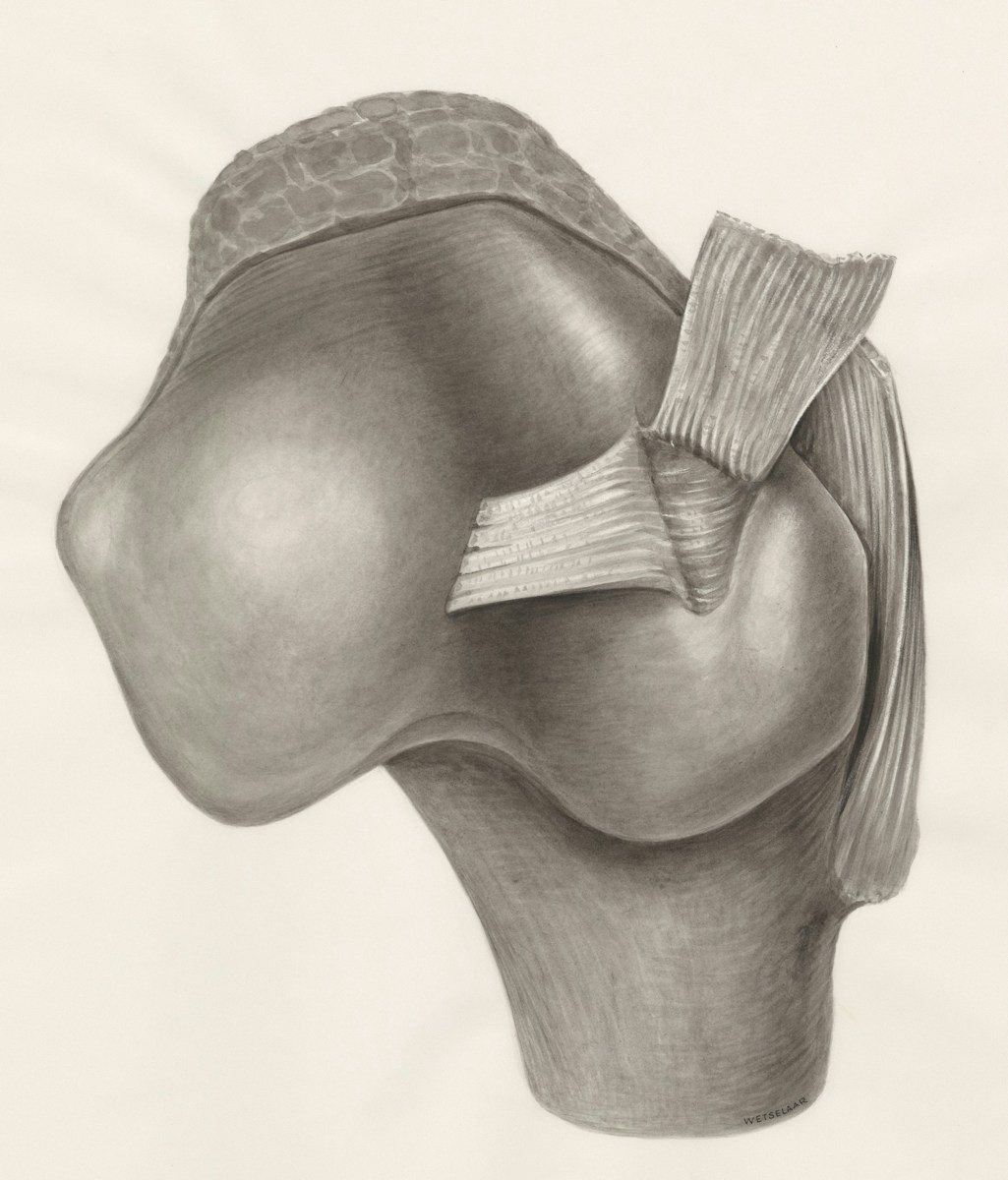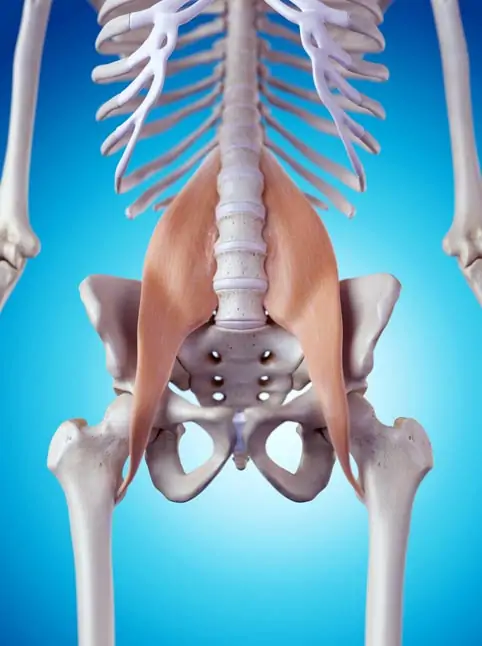In today’s modern society, we spend a significant amount of time sitting down – whether it be at a desk, in front of a computer, watching TV, or driving in a car. This prolonged sitting takes a toll on our bodies, especially our hip flexors. The psoas muscle, in particular, can become tight and shortened from extended periods of sitting.
When the psoas muscle is tight, it can cause a variety of issues throughout the body. As mentioned earlier, it can lead to nagging joint pains in the legs, lower back, or hips. This is because the tight psoas muscle pulls on the lower back and can create an imbalance in the body, leading to pain and discomfort.
***Click here to Unlock Your Hip Flexors today.
Tight hip flexors can also result in bad posture and difficulty sleeping. When the psoas is tight, it can pull the pelvis forward, causing a swayback or arched lower back posture. This can not only be aesthetically unpleasing but can also put strain on the spine and lead to back pain. Additionally, a tight psoas can make it difficult to relax and fall asleep comfortably.
Another common issue caused by tight hip flexors is sluggishness and lack of energy in day to day life. When the psoas muscle is tight, it can restrict the flow of blood and nutrients throughout the body, leading to fatigue and lack of energy. This can make it challenging to get through daily tasks and activities.
***Click here to Unlock Your Hip Flexors today.
In addition to physical symptoms, tight hip flexors can also have an impact on mental health. High anxiety and compromised immune system are both linked to stress and tension in the body, which can be exacerbated by tight hip flexors. When the psoas muscle is tight, it can create a fight or flight response in the body, leading to increased anxiety and a weakened immune system.
Furthermore, digestive issues can also be attributed to tight hip flexors. The psoas muscle is connected to the diaphragm and plays a role in the functioning of the organs in the pelvic and abdominal cavity. When the psoas is tight, it can compress the organs, leading to digestive issues such as bloating, constipation, and discomfort.
Loss of sexual performance and lack of explosiveness in the gym or sports can also be linked to tight hip flexors. The psoas muscle plays a significant role in core strength and mobility, which are essential for both sexual performance and athletic abilities. When the psoas is tight, it can restrict movement and inhibit performance in these areas.
So, what can be done to address tight hip flexors and release the psoas muscle?
The first step is awareness. Understanding the impact that tight hip flexors can have on the body is crucial in taking steps to address the issue. By recognizing the symptoms and understanding the root cause, individuals can start to make changes to improve their hip flexibility and overall health.
One effective way to release the psoas muscle and improve hip flexibility is through targeted stretching and strengthening exercises. By incorporating exercises that specifically target the hip flexors, individuals can gradually release tension in the psoas muscle and improve overall hip mobility.
***Click here to Unlock Your Hip Flexors today.
Yoga and Pilates are also excellent practices for improving hip flexibility and releasing tension in the psoas muscle. These mindful movement practices focus on stretching and strengthening the entire body, including the hips, and can help individuals develop a greater awareness of their bodies and areas of tension.
In addition to physical exercise, practices such as mindfulness meditation and deep breathing can also be beneficial in releasing tension in the psoas muscle. Stress and tension can contribute to tight hip flexors, so finding ways to relax and calm the mind can be beneficial in improving hip flexibility.
Overall, addressing tight hip flexors and releasing the psoas muscle is essential for improving overall health and well-being. By recognizing the impact that tight hip flexors can have on the body and taking steps to release tension in the psoas muscle, individuals can alleviate pain, improve posture, increase energy levels, and enhance athletic performance.
Don’t let tight hip flexors continue to hinder your progress. Take action now to release the psoas muscle and enhance hip flexibility for a healthier, more energized body.
Click here to learn more and Download your copy to Unlock Your Hip Flexors today.
BONUS1.
BOMUS2.







